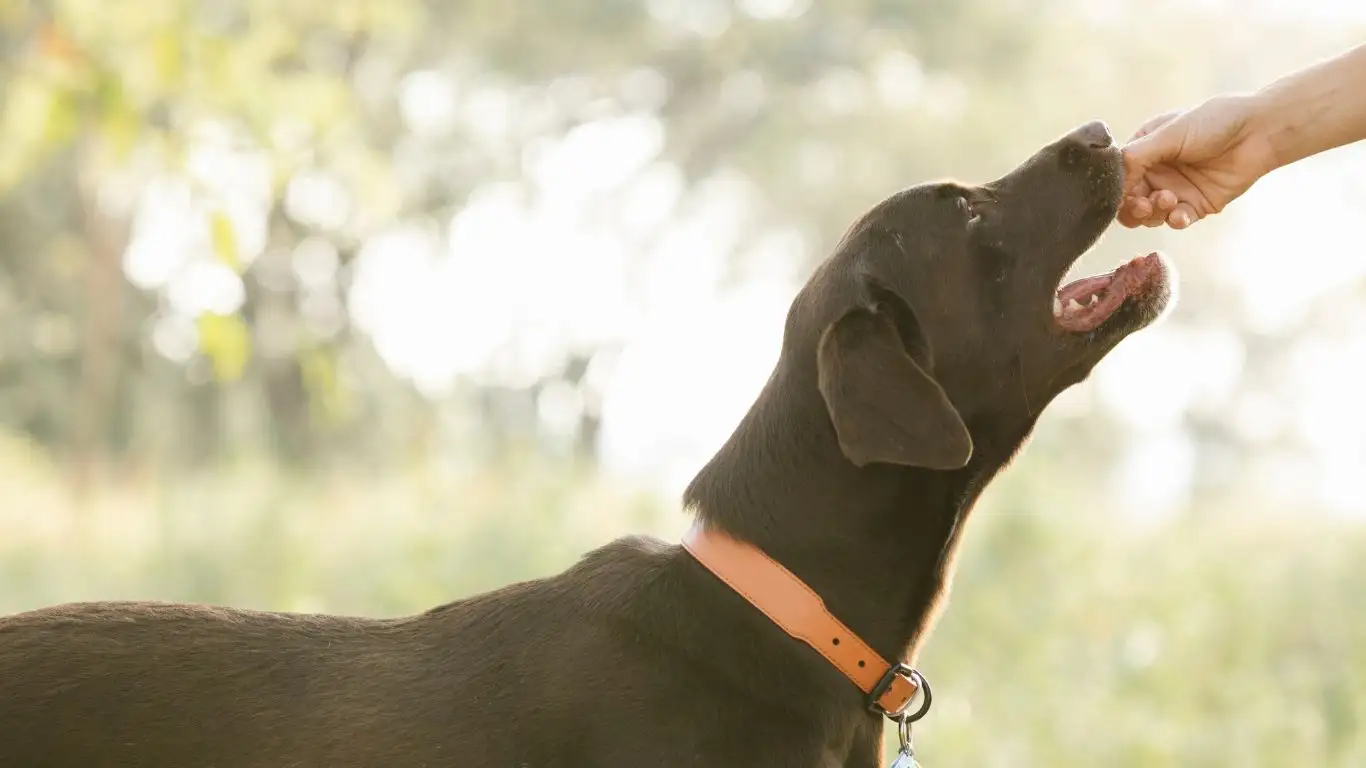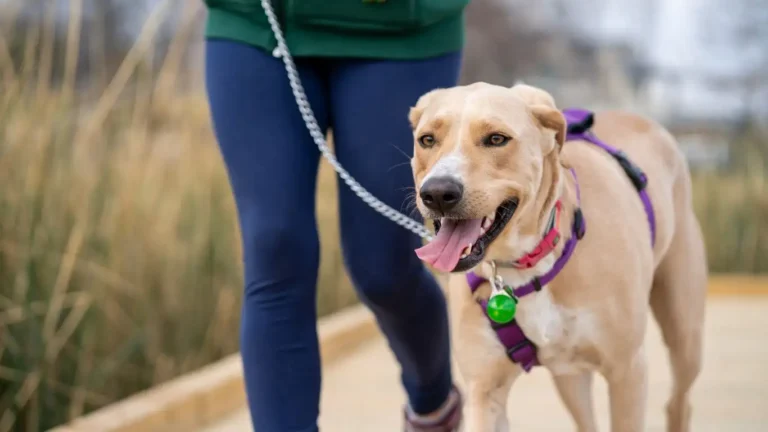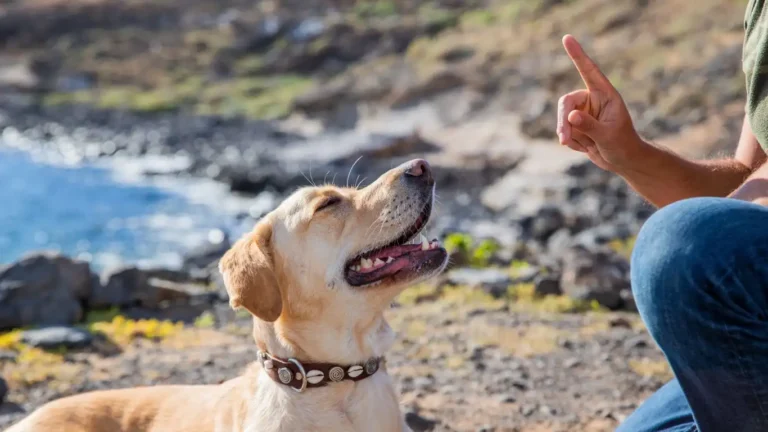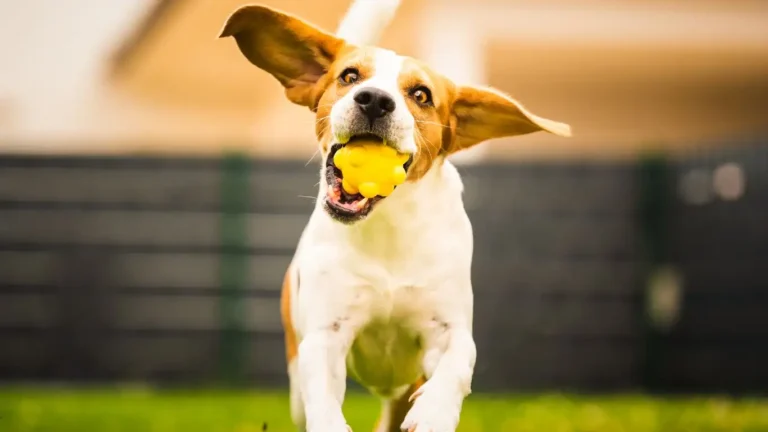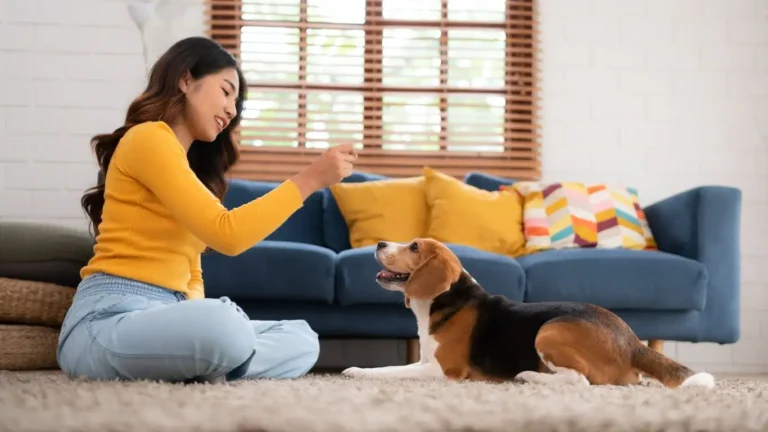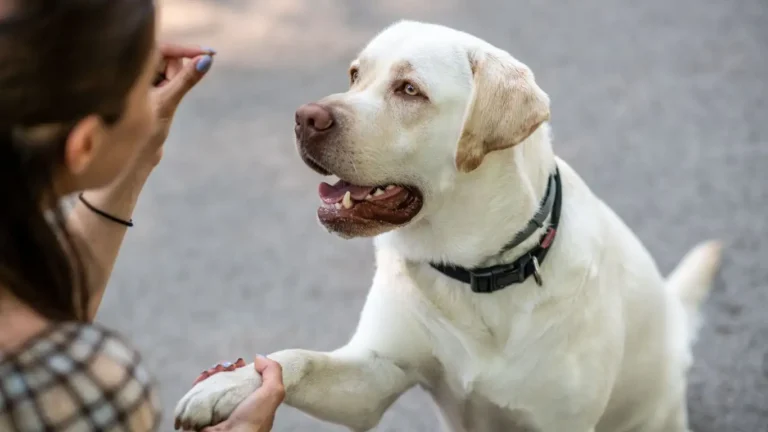Proven Tricks to Train Your Dog to Stay Calm on Noisy Streets
Let’s be honest—city streets can be overwhelming, even for us humans. Now imagine being a dog, with supercharged hearing, zero idea what a horn or siren is, and no way to explain what’s going on. That’s exactly why learning how to train a dog to stay calm on noisy streets is one of the top questions I get as a Canine-Assisted Therapy Trainer. And let me tell you, it’s not just doable—it’s essential. Whether your pup is destined to be a therapy dog or just your sidewalk sidekick, staying chill around traffic noise, construction rumbles, and sudden clatter is a must.
Why Do Dogs Freak Out on Busy Streets?
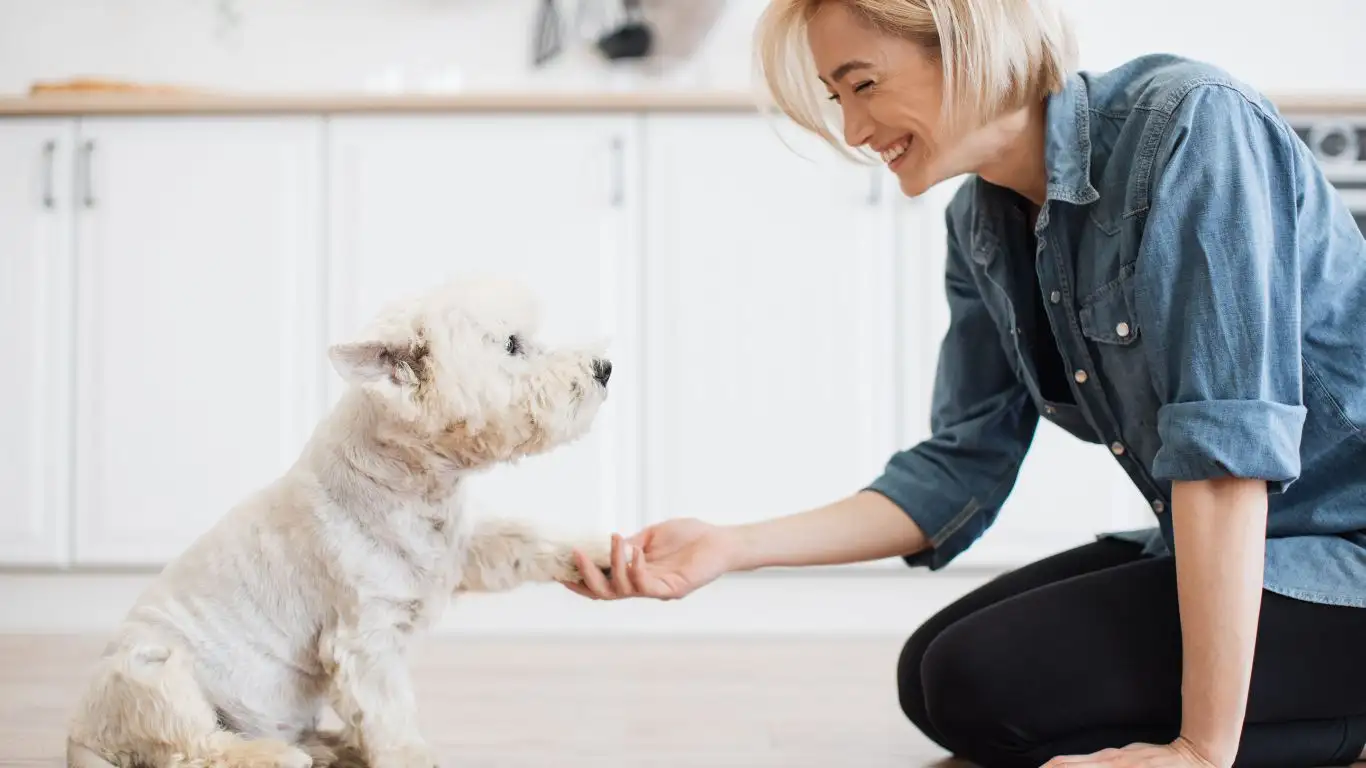
Okay, real talk—dogs aren’t born understanding the chaos of an urban environment. One of my early trainees, a sweet but jumpy Golden Retriever named Max, would flatten like a pancake every time a motorcycle zoomed past. And that’s not unusual. Dogs respond to loud noises and fast movement with a fight-or-flight instinct. It’s not bad behavior—it’s biology.
What makes the difference is how we help them process and react to that stress. A calm dog isn’t just more enjoyable to walk—it’s safer and more confident, too. Especially if you’re working toward therapy or service goals, a relaxed presence is non-negotiable.
Setting the Stage: Early Exposure and Environment Matters
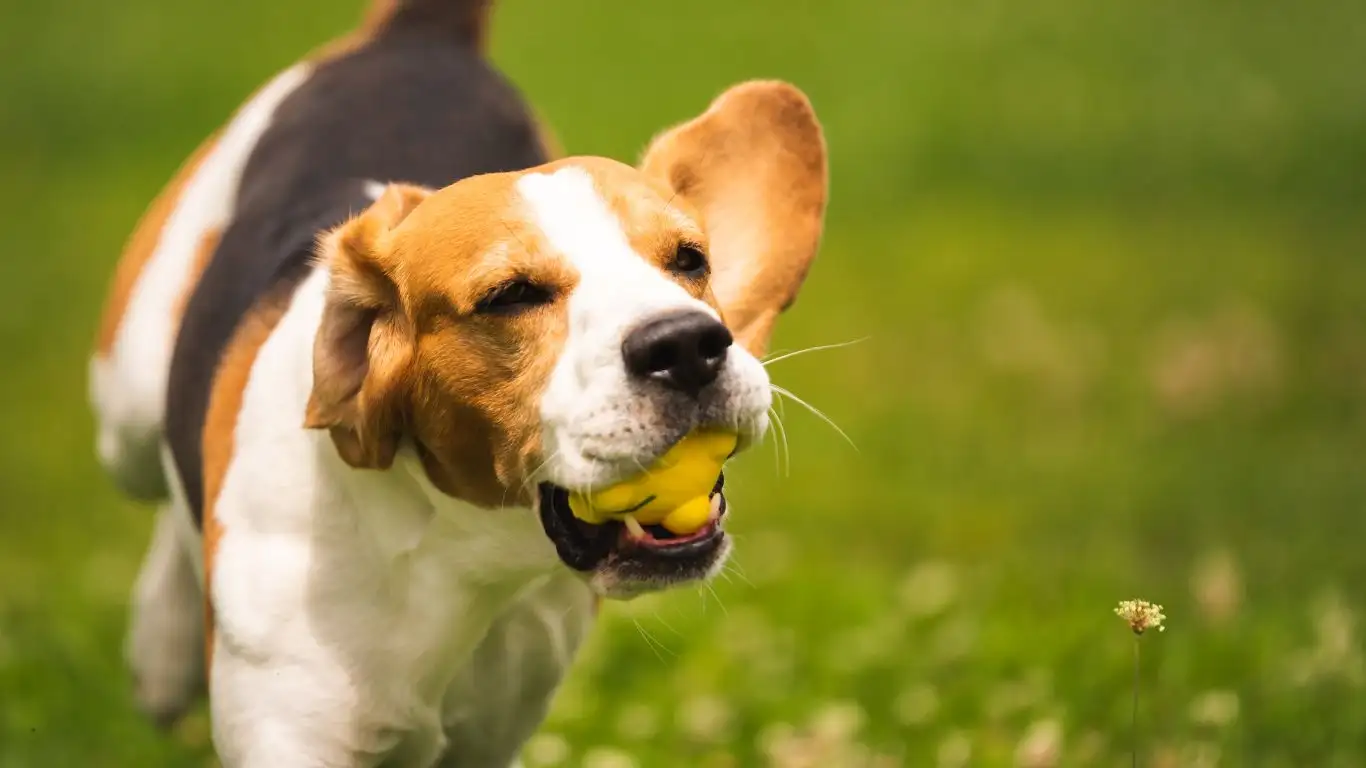
Before we even hit the sidewalk, we need to start with a safe, semi-controlled environment. I’m a big fan of what I call the “buffer zone”—quiet parks or cul-de-sacs where your dog can start hearing distant street sounds without being in the thick of it.
Start in Low-Stress Zones
- Choose quiet but public places like parking lots on weekends or neighborhood streets during non-rush hours.
- Use distance to your advantage. Start far from traffic and slowly move closer as your dog acclimates.
- Stay consistent. Even 10–15 minutes a day can make a huge difference over time.
With Max, we spent the first few weeks in a church parking lot on Sunday afternoons. We’d hear cars in the distance, maybe a random skateboarder roll by, but nothing overwhelming. By gradually increasing exposure, he built confidence instead of fear.
Understanding Your Dog’s Threshold
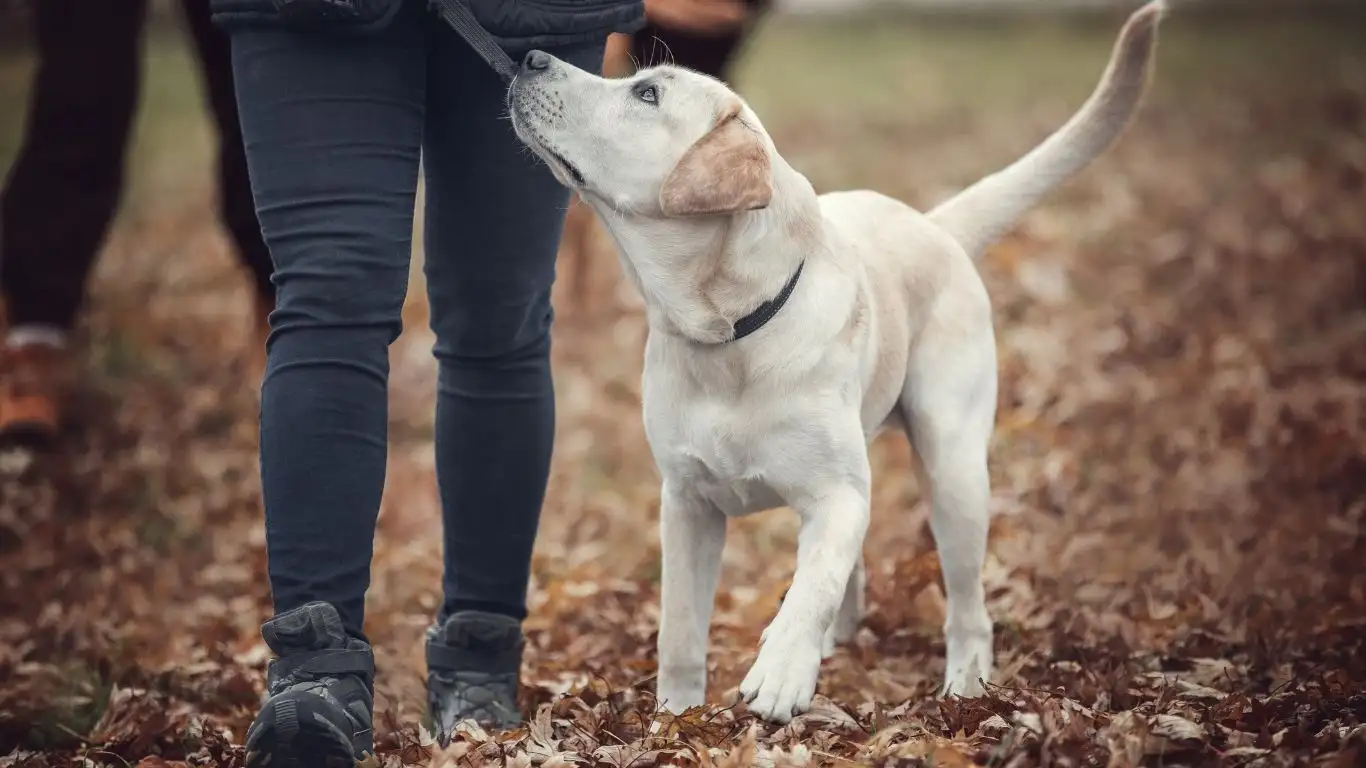
Every dog has what trainers call a “threshold”—the point where they go from curious or alert to anxious or reactive. Finding that sweet spot (right before your dog gets nervous) is key to any kind of exposure training.
Signs You’re Pushing Too Far
- Tight leash pulling or refusal to walk
- Whining, shaking, or hiding behind your legs
- Excessive sniffing or sudden distraction (this is often a displacement behavior)
When you see these signs, don’t scold. Just take a few steps back—literally. Give them some breathing room, and reward calm behavior once they relax again. One of my biggest lessons from years in the field is that progress is never linear. Some days, Max was a champ. Other days, a leaf blower sent us back two steps. That’s normal.
Tools That Help (But Don’t Replace Training)
Let me be clear: there’s no magic gear that’ll instantly chill your dog out. But the right tools can definitely support the process.
My Go-To Gear List:
- No-pull harness: Offers better control without adding neck tension
- Clicker or marker word: Helps communicate the exact moment your dog does something right
- High-value treats: Think tiny bits of cooked chicken, cheese, or anything your dog goes bonkers for
- Mat or towel: Great for training a “settle” cue even on-the-go
With Max, we eventually trained a “park and focus” routine. Any time we heard a siren or loud truck, we’d stop, I’d cue him to sit and look at me, and we’d treat through the noise. Over time, he actually started associating those sounds with snack time. Major win!
Building Emotional Resilience in Your Dog
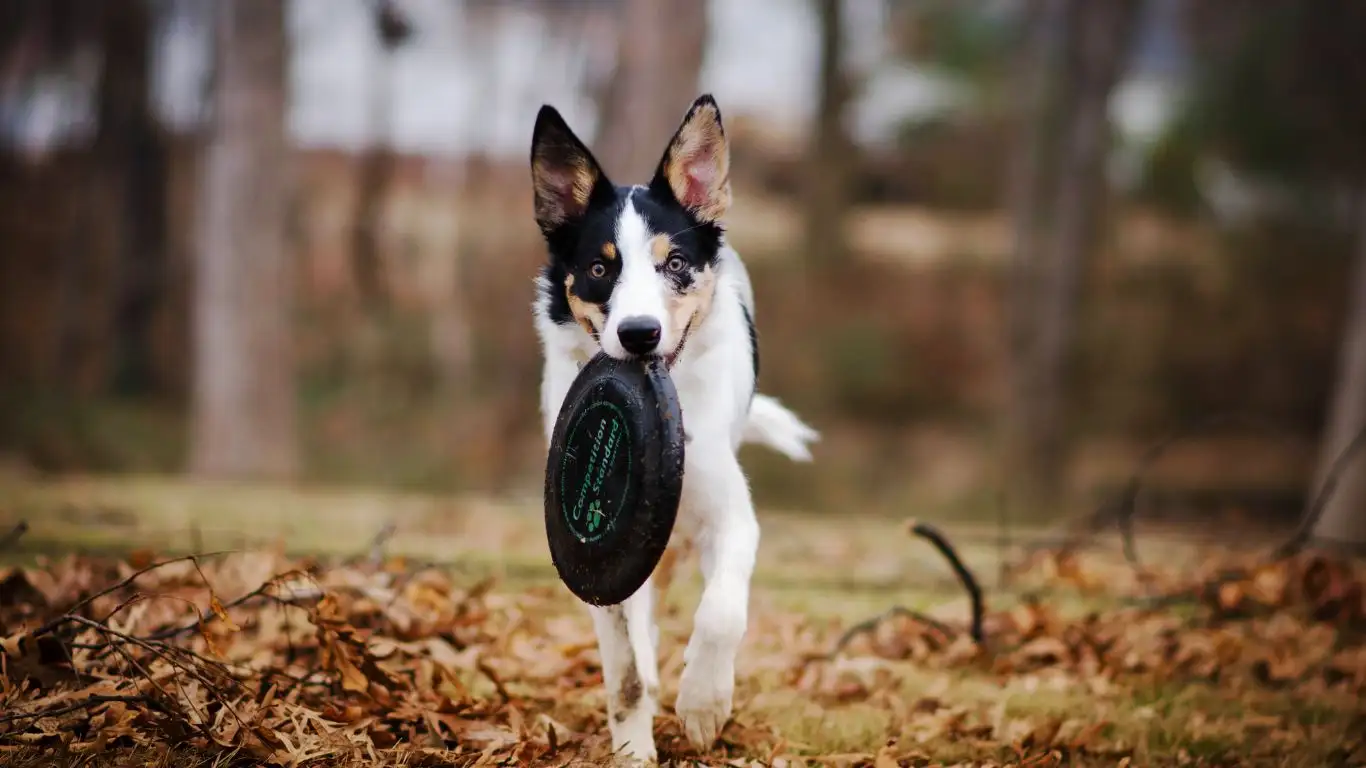
So now that your pup is slowly getting more comfortable near street noise, it’s time to dig into what I like to call emotional stamina. This is about helping your dog not just tolerate noise, but actually bounce back quickly from stress. That bounce-back rate? It tells you a lot about how secure your dog feels.
One of the rescue dogs I worked with—a scrappy terrier named Beans—used to bark nonstop when a garbage truck rolled by. Not because he was aggressive, but because he was unsure. Once we started rewarding calm postures and teaching him to retreat to a mat or heel beside me, his recovery time shrank fast. That’s the goal—less spiraling, more self-soothing.
Games That Teach Recovery
- The Look Game: Reward your dog every time they glance calmly at a noise trigger. It shifts their mindset from panic to curiosity.
- Find It: Toss treats near your feet during street noise to create positive associations and ground their focus.
- Settle on Cue: Teach your dog to lie down and relax, no matter where you are. (This one’s gold when you’re waiting at a loud intersection.)
With Beans, the “Find It” game was a game-changer. Instead of fixating on the noise, he’d instantly start sniffing around for goodies. Not only did it distract him, but it also tapped into his natural calming behaviors. Win-win.
Practicing on Real Sidewalks: The Gradual Build
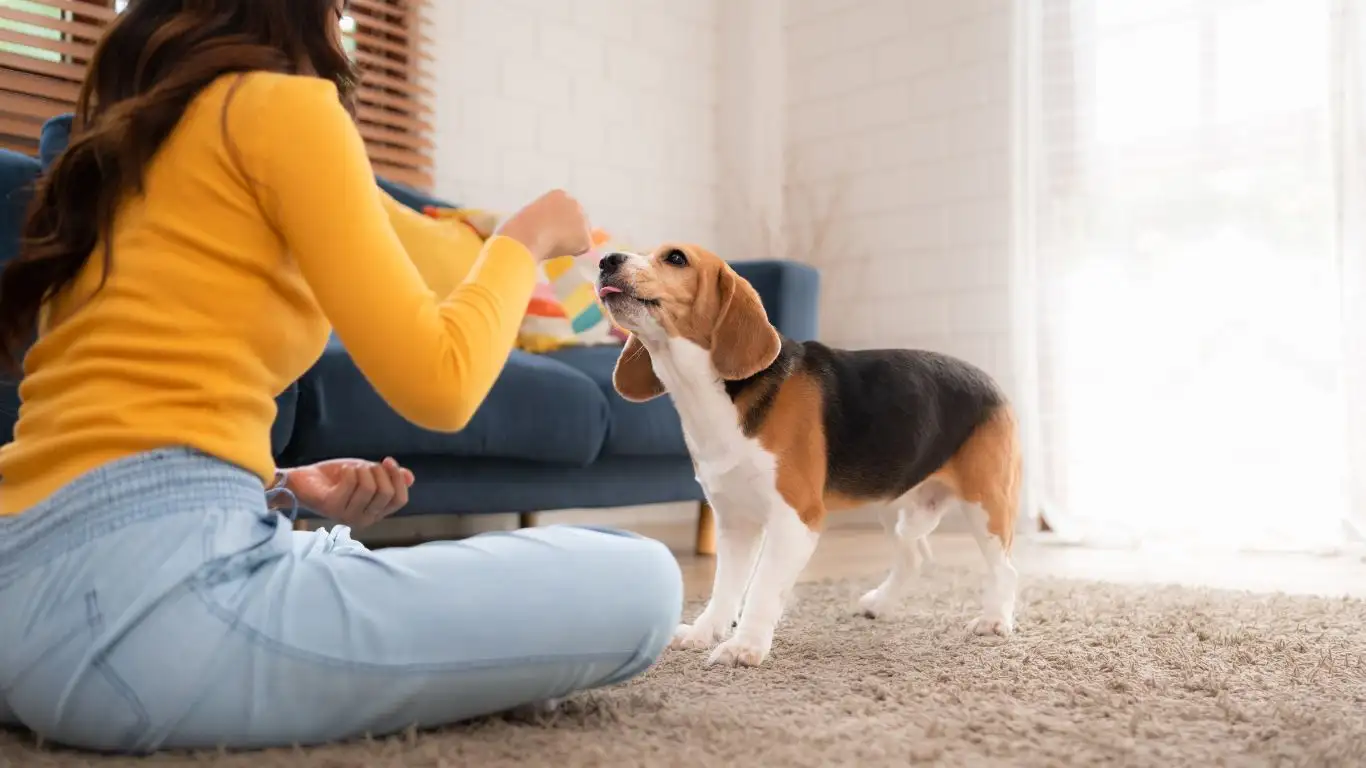
Okay, let’s talk about the real test: actually walking on a noisy street. This part takes finesse, patience, and a decent amount of snacks in your pocket (trust me).
Start with Strategic Timing
Rush hour is a no-go at first. Choose times when the traffic’s light and unpredictable bursts are minimal. Early mornings or midday walks work best, especially near quieter intersections or residential areas that border busier zones.
Short, Sweet Sessions
- 5-10 minutes max in the beginning. Don’t overdo it—even if things are going great.
- Celebrate small wins. Did your dog walk past a bus without freezing? That’s huge!
- End on a good note. Always wrap up with praise and a favorite activity so your dog links the outing with something positive.
I remember one time with Max—by now, he was pretty used to moderate street sounds, but we decided to try walking past a construction site. We didn’t even get halfway before he started trembling. So, we turned around, went to our fallback space, and did a “settle” session on his mat. The next week? We tried again—this time from farther away—and he crushed it. That’s what progress looks like.
Using Counter-Conditioning Like a Pro
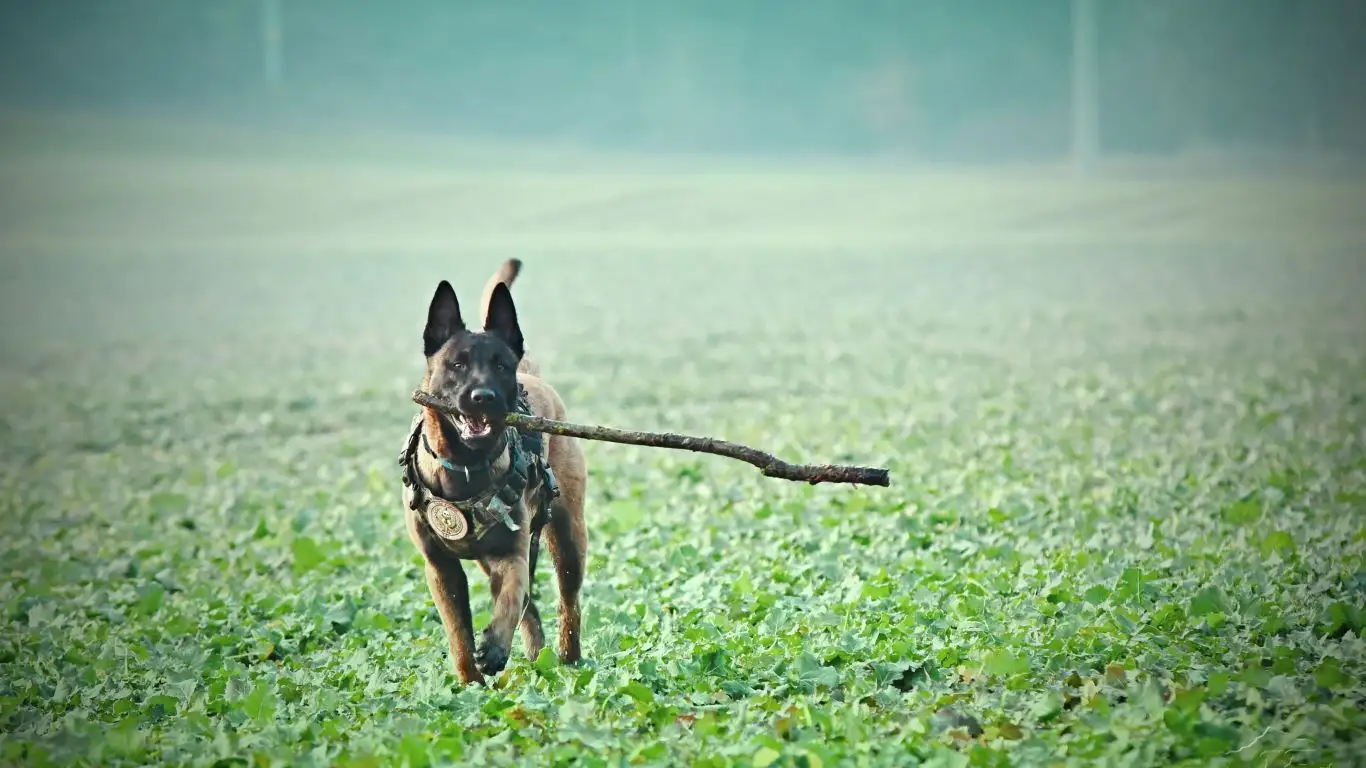
This might sound fancy, but it’s actually super simple—and incredibly effective. Counter-conditioning is basically changing the way your dog feels about something. Instead of “loud truck = scary,” we teach “loud truck = treat party.”
How to Do It:
- Identify the trigger (e.g., motorcycles, horns, skateboards).
- As soon as your dog hears or sees the trigger at a tolerable distance, give a treat.
- Repeat consistently so your dog builds the association: noise = good stuff.
The key is to never wait until your dog reacts negatively. You want to catch them just before they get nervous—what we call “under threshold.” If you miss the mark, no worries. Just regroup and try again. This isn’t about perfection—it’s about persistence.
One tool that helped me immensely with therapy candidates like Max was recording city noises and playing them at home. I’d start with super low volume while he chewed a frozen Kong, then gradually increase it over weeks. That background conditioning made live exposure way less intimidating.
Consistency: Your Best Friend in the Process
There’s no shortcut here, and honestly, that’s kind of the beauty of it. The bond that forms when you help your dog navigate a scary world? It’s unreal. I’ve seen dogs go from bolting at the sound of a horn to lying calmly next to a handler during parades—yes, parades!
Tips to Stay on Track:
- Log your walks and training wins. It’ll remind you of progress on the tough days.
- Loop in a trainer if your dog has big fear reactions. Sometimes having a second pair of eyes makes all the difference.
- Mix things up. Don’t get stuck walking the same block. Variety helps generalize the calm behavior.
When I worked with Beans during our city-readiness training, I kept a notebook of each outing—what went well, what we avoided, and what surprised him. It helped me stay patient, and over time, those “meh” days turned into milestone moments.
Maintaining Calm as a Habit, Not a Fluke
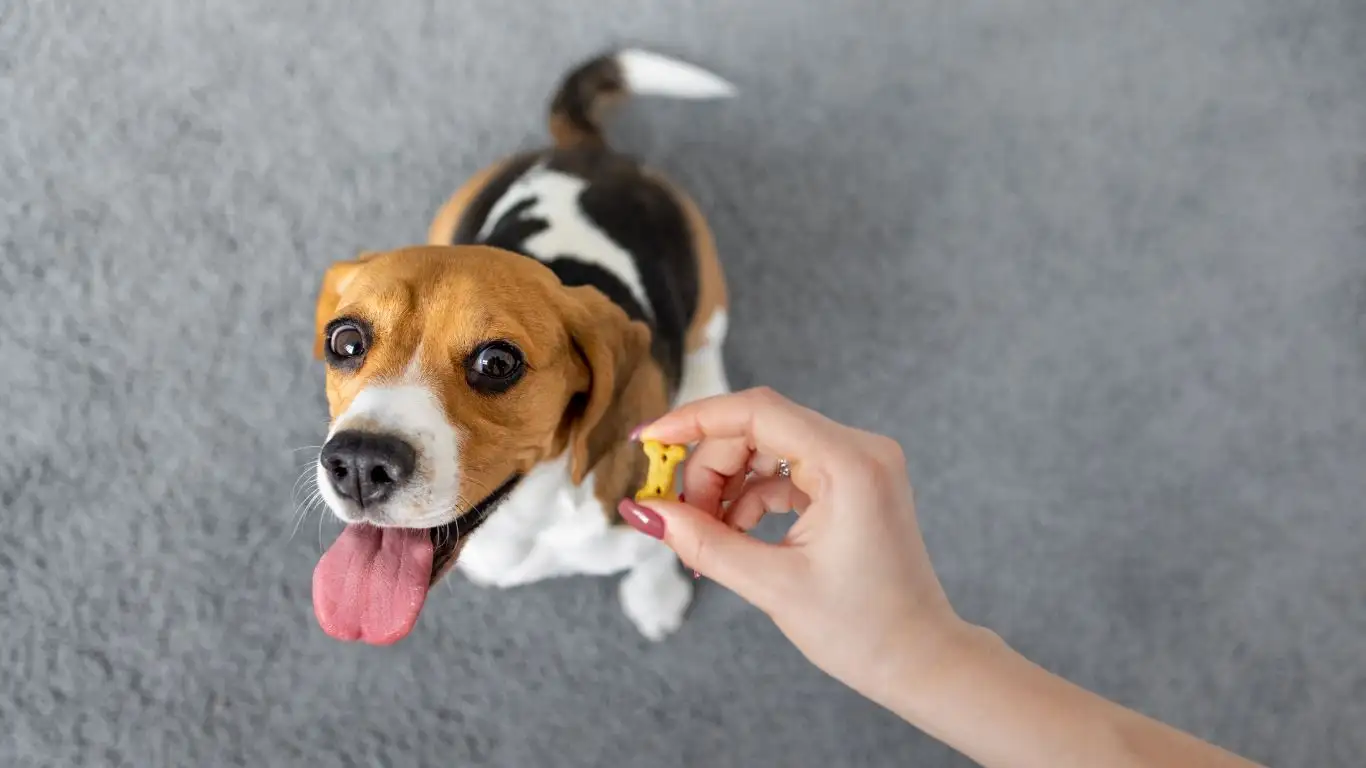
Alright, so you’ve done the groundwork. Your pup isn’t darting at the sound of a passing skateboard, and you’re both starting to enjoy those walks a lot more. But here’s where a lot of folks accidentally hit pause—they stop reinforcing calm behavior. And just like us, dogs need regular check-ins to keep those chill vibes locked in.
I always tell clients: maintenance is training too. Just because your dog seems calm now doesn’t mean they’ve graduated for life. Even my seasoned therapy dogs, like sweet ol’ Pepper (a retired Labradoodle who could practically nap through a marching band), still get regular refreshers in new environments. Why? Because life throws curveballs, and confidence is like a muscle—it needs exercise.
Make It a Lifestyle, Not a Lesson
- Switch up your routes weekly. Expose your dog to new sights, sounds, and sidewalk textures. Yes, textures. Some dogs freak over grates and metal plates!
- Use those noisy moments as mini-training sessions. A trash truck approaching? Cue a sit and treat calmly through it.
- Celebrate calmness proactively. Don’t wait for a problem—mark and reward your dog simply for walking loose-leashed and alert but relaxed.
One of the biggest shifts in Beans’ behavior came when his handler started treating calmness like a daily rewardable event, not just something to aim for during “training hours.” You’d see him perk up at the sound of distant commotion—but then look up, wag, and check in. That kind of connection is priceless.
What to Do When Setbacks Happen

Let’s keep it real—no dog (or human) is perfect. You might have a week where everything clicks, and then BAM—your dog freaks out at a jackhammer, and you feel like you’re back at square one. Trust me, you’re not.
How to Handle Regression Gracefully
- Pause and observe. Don’t rush to correct—figure out what triggered the reaction. Was it too loud? Too close? Unexpected?
- Scale back slightly. Revisit a quieter environment and build back up at your dog’s pace.
- Stay calm yourself. Your energy matters. If you act like it’s no big deal, your dog is more likely to follow your lead.
I’ve had dogs who sailed through months of exposure and then had a meltdown over a street performer’s accordion. Hey, I get it—accordion music can be a lot! The key is not to panic or label your dog as “difficult.” They’re just navigating their world the best they can, and your calm leadership is what guides them through.
When to Call in a Professional
Sometimes, no matter how patient or prepared you are, your dog’s fear or reactivity just doesn’t improve. And that’s okay. Reaching out to a credentialed trainer or behaviorist isn’t a failure—it’s smart, and it shows you’re prioritizing safety and well-being for both of you.
Look for professionals with certifications through organizations like the CCPDT or APDT. If your dog is showing signs of panic or aggression, a veterinary behaviorist (DACVB) might be your best bet.
Red Flags That Warrant Extra Help:
- Escalating barking or lunging on walks
- Inability to eat or relax outdoors at all
- Freezing, shaking, or attempting to flee repeatedly
Remember, behavioral help is just as valid as a vet checkup. It’s all about helping your dog thrive—not just cope.
Final Thoughts from the Sidewalk
Training a dog to stay calm on noisy streets isn’t just about dodging a few honks—it’s about building trust, confidence, and a lifelong partnership. As someone who’s worked with countless therapy dogs, rescues, and family pets, I’ve seen firsthand how powerful that transformation can be. It’s not always fast, and it’s definitely not always neat. But wow—is it ever worth it.
Take it from me and Max, Beans, Pepper, and the rest of the crew—your calm, confident walking buddy is totally possible. All it takes is consistency, compassion, and a few pieces of chicken in your pocket.
References
- Certification Council for Professional Dog Trainers
- Association of Professional Dog Trainers
- American College of Veterinary Behaviorists
- American Veterinary Medical Association
Disclaimer
This content is for educational purposes only and should not be considered a substitute for professional veterinary or behavioral advice. Always consult with your veterinarian or a certified trainer before beginning any new training regimen, especially if your dog shows signs of severe fear or aggression.
